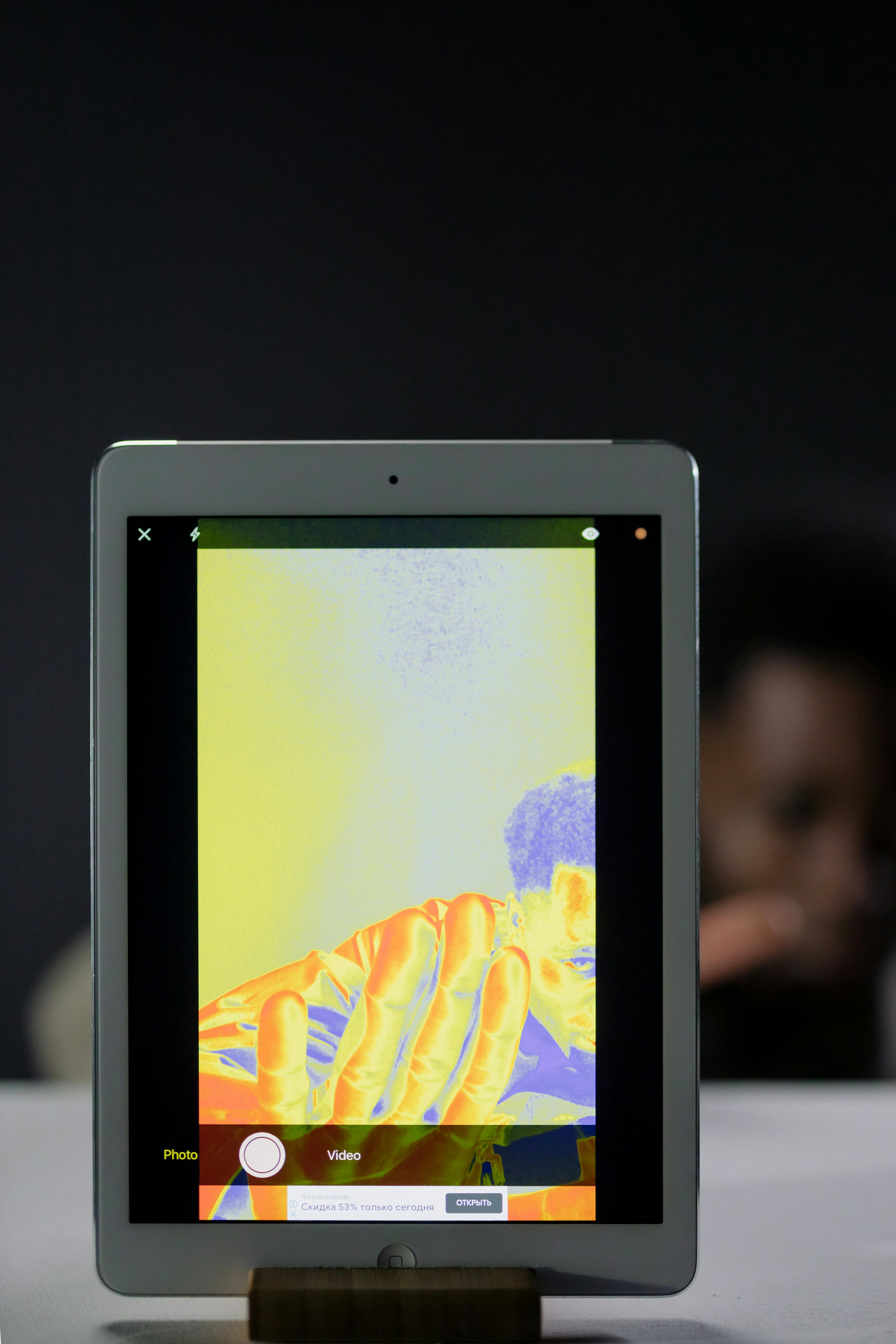"The Silent Rise of Thermal Cameras in Personal Electronics"
In a world where technology is rapidly evolving, there's an unexpected player gaining momentum in the realm of personal electronics. Thermal cameras, once exclusive to industrial use and military applications, are quietly becoming a familiar feature in consumer gadgets.

The Humble Beginnings of Thermal Imaging
Thermal cameras, or thermographic cameras, are devices that form an image using infrared radiation, similar to a common camera that forms an image using visible light. Instead of the 400–700 nanometer range of the visible light camera, infrared cameras are sensitive to wavelengths from about 1,000 nm (1 µm) to about 14,000 nm (14 µm).
Thermal imaging technology was first developed for military use during the Korean War. It was designed to detect enemy troops at night by identifying their heat signatures. This early tech was bulky and expensive, making it inaccessible for civilian use.
Thermal Cameras Make Their Way to Consumer Electronics
Fast forward to the present day, and thermal cameras are popping up in all sorts of consumer electronics. From smartphones, like the Cat S60, to drones, thermal imaging is becoming a mainstream feature.
The Cat S60 smartphone, for instance, integrates a thermal imaging camera right next to its regular camera. This allows users to capture thermal images and videos, a feature that can come in handy for a wide range of applications, from home repairs to outdoor adventures.
The Current Market Trend
The global thermal imaging market was valued at $3.4 billion in 2020 and is expected to reach $4.6 billion by 2025, at a CAGR of 6.2%. The integration of thermal imaging technology in smartphones and the increasing demand for thermal cameras in home automation and HVAC systems are the key factors driving the growth of this market.
The Future of Thermal Cameras in Consumer Tech
As thermal imaging technology continues to evolve, we can expect it to become a more common feature in consumer electronics. For instance, thermal cameras could be used in wearable tech to monitor body temperature and heart rate, providing valuable data for health and fitness tracking. They could also be used in home security systems to detect intruders or in smart home devices to monitor energy efficiency.
With the continuing miniaturization of thermal imaging tech and its decreasing cost, it’s only a matter of time before thermal cameras become as commonplace as the camera on your smartphone.
Wrapping Up
The rise of thermal cameras in personal electronics may have been a quiet one, but its impact is undeniable. As tech companies continue to innovate, the possibilities for thermal imaging in consumer tech are vast and exciting. So, the next time you’re purchasing a new gadget, don’t be surprised to find a thermal camera among its features.





